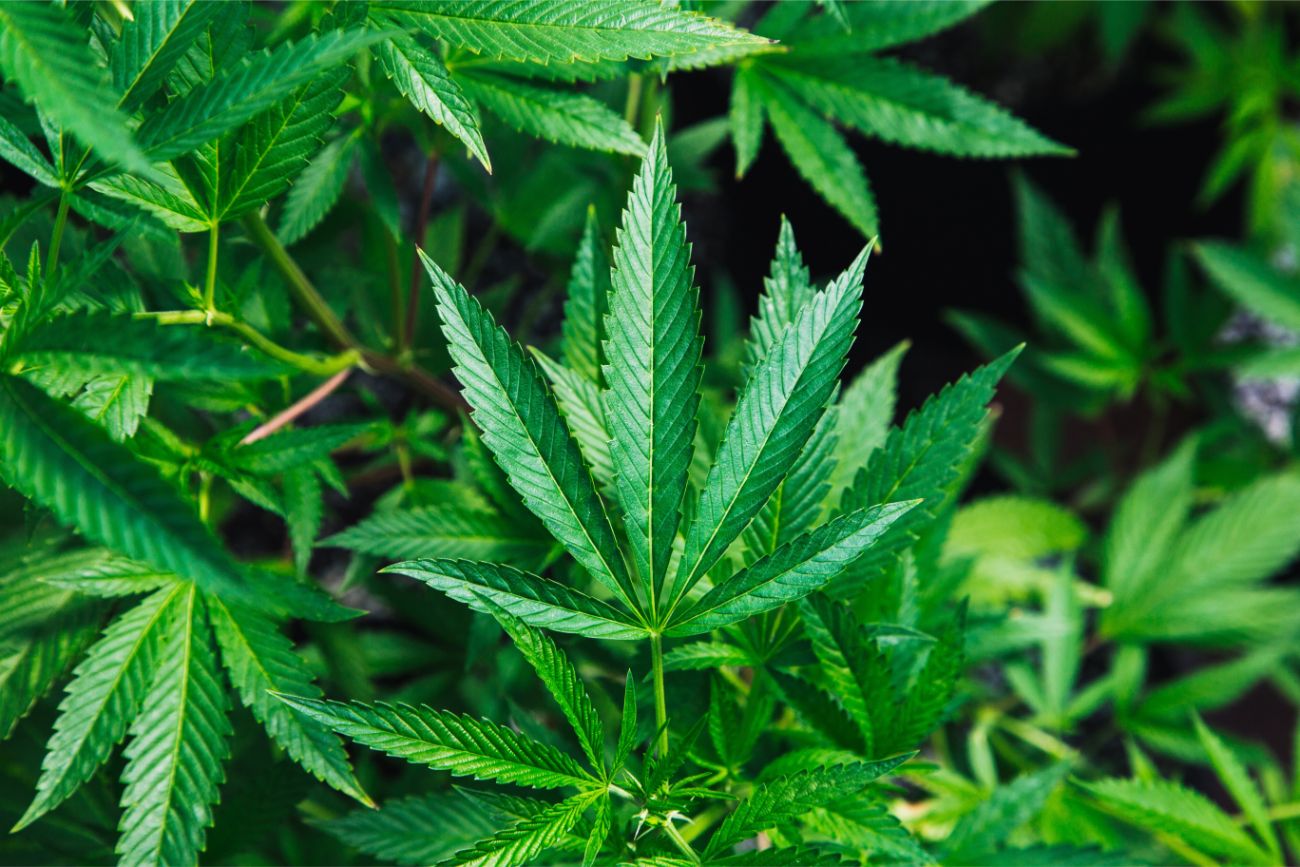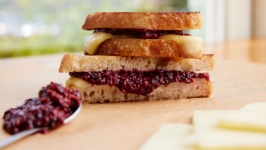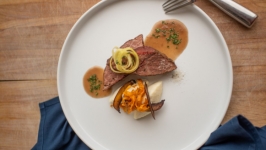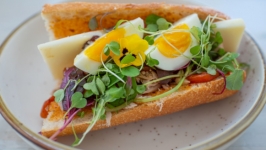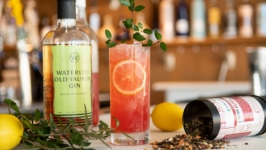The ABC's of CBD
If you feel like you’re suddenly seeing CBD everywhere, you’re not alone. But what is it, exactly?
Cannabidiol, or CBD, is found in cannabis plants. (Both hemp and marijuana are versions of Cannabis sativa and they each produce THC and CBD, though in very different amounts.) While more research is needed regarding the potential benefits and possible risks of CBD, there appears to be mounting anecdotal evidence that it may prove helpful in managing anxiety, insomnia, chronic pain and a number of other conditions. Until recently, access to CBD has been restricted, making research more difficult – part of the reason the boom seems to have outrun the science.
IS CBD LEGAL?
As of July 1, when Florida’s Hemp Farming Bill went into effect, hemp-derived cannabinoids, including CBD, became legal at the state level if and when derived from hemp that contains less than 0.3 percent THC.
“This bill states that these cannabinoids are not defined as adulterants, and they will no longer be defined as controlled substances under Florida state law,” explained Sally Kent Peebles, a Jacksonville-based partner with Vicente Sederberg and a member of the Florida Medical Cannabis Advisory Committee.
“This suggests that they can now be placed into food products under state law,” she said.
However, Peebles notes that even though hemp-derived CBD is legal at the federal level under the 2018 Farm Bill, once it’s placed into a consumable product, it can still be subject to FDA regulation. “The FDA's current stance is that cannabinoids cannot be placed into consumable food, drug or cosmetic products,” she noted. “So, if a person used hemp-derived CBD in a food product, they would not be breaking Florida law, but that act could still be subject to FDA enforcement.”
CBD EDIBLES
While hemp-derived CBD is readily accessible here in Northeast Florida, food and beverages containing it have been harder to come by. But that is likely to change more rapidly now that it is legal under state law.
“The forecasts for CBD trends are for culinary uses,” said Diane Lee, who sells hemp-based CBD products under the CBD Supply House brand at area farmers’ markets. “It is a fun and interesting way to use CBD – I’ve seen it in coffee, tea, water, juice, smoothies, honey and butter. The actual plant leaves can be used raw in salads and smoothies or any other dish you dream up.”
Locally, establishments are already offering hemp-based CBD-infused items, and others are starting to develop products infused with it. At Vagabond Coffee, Lee’s CBD is listed on the menu as an add-in. Vagabond’s owner Will Morgan said that “when CBD is paired with coffee, we have found that it functions to alleviate the jittery/anxious feeling many people experience when consuming coffee, while still allowing them to get the energy they need from caffeine.”
And Morgan believes that CBD-infused foods and beverages are more than just a trend. “Some may see this as a fad, but we don’t feel that way,” he added. “There is a craft to the cannabis industry, not unlike the coffee industry, and we want to tap into that as it develops.”
Paul Sifton, the owner of Bee Friends Farms, is also tapping into the potential benefits of CBD. He’s developing a hemp-based CBD-infused honey. “We all know the benefits of honey by itself and we feel that CBD is showing great results if used properly… We feel our customers would enjoy the simplicity of [a flavorless] CBD in our honey,” he said.
Yhang Quintero, one of the owners of Wildcrafters, a non-alcoholic tea and kava “bar” opening in Riverside later this summer, said he also believes “CBD is here to stay,” and is working on incorporating it into his offerings. “Our idea is to bring in CBD as another form of plant medicine, and we will definitely find the best legal way to offer it in retail and as an add-on to any beverage,” he explained.
And while all these CBD-infused foods and beverages are “great for a quick and fun uptake during the day,” Jennifer Fleischer, a certified nutritionist and CBD/Cannabinoid Educator and Consultant at Kannaway, also notes that “those who are using it for therapeutic reasons shouldn’t rely solely on edibles to get in their recommended dosage.”
CBD FOR HOME COOKS
Many local home cooks are also making their own hemp-infused CBD dishes, and others are interested in doing so, but don’t know where or how to begin.
For starters, select the right hemp-based CBD. “Because the supplement isn’t strictly regulated, it can be hard for consumers to know what it is they are actually getting,” said Lee, whose products have been third-party tested by reputable labs. “It is like the Wild West at stores here in St. Augustine and especially online. At this time, anyone can say they have CBD and just sell you snake oil.”
To that end, consumers should look for high-quality products that have been third-party lab tested and are proven to contain less than 0.3 percent THC, and when possible, extracted from the plant via the CO2 method, which is the cleanest process. Reputable producers should provide Certificates of Analysis upon request. Fleischer also recommends selecting a CBD that is made from GMO, herbicide and pesticide free hemp. “Know your soil, know your oil,” she said.
As for using CBD as an ingredient, the general consensus seems to be that isolates (which are often sold in powder form) and oils both work fairly well in recipes, but oils tend to work better in beverages than powders. CBD oils cut with flavorless or low-flavor carriers tend to be the most versatile, as they shouldn’t alter a recipe’s flavor significantly, if at all (although the CBD itself could still do so, if it has rich terpenes and flavonoids).
How much CBD to use? Most recommend skewing low, especially at first. Fleischer, who prepares CBD-infused foods weekly for both herself and her clients said that she “likes keeping the serving size to 5-10mg.”
Chef Dennis Chan of Blue Bamboo Restaurant, who has been advising a friend doing pop-up hemp-based CBD dinners in states like Nevada (where recreational cannabis is legal), also advises not to go overboard with it. “It’s a science, so the numbers should have to work,” he said. “I equate it with baking because baking is an exact science, and working with CBD is an exact science, too.” He noted that it’s best to avoid exposing it to extremely high temperatures, so as to preserve its potency.
Chan went on to add that those who research CBD, and therefore also understand the science behind it, say it’s best to make a butter with it and incorporate that into your cooking. Finishing sauces and dressings are other great places to begin. From there, the sky – or rather your culinary experience and imagination – is the limit.
This story made possible, in part, by the generous support of Jennifer Fleischer, Certified Nutritionist



